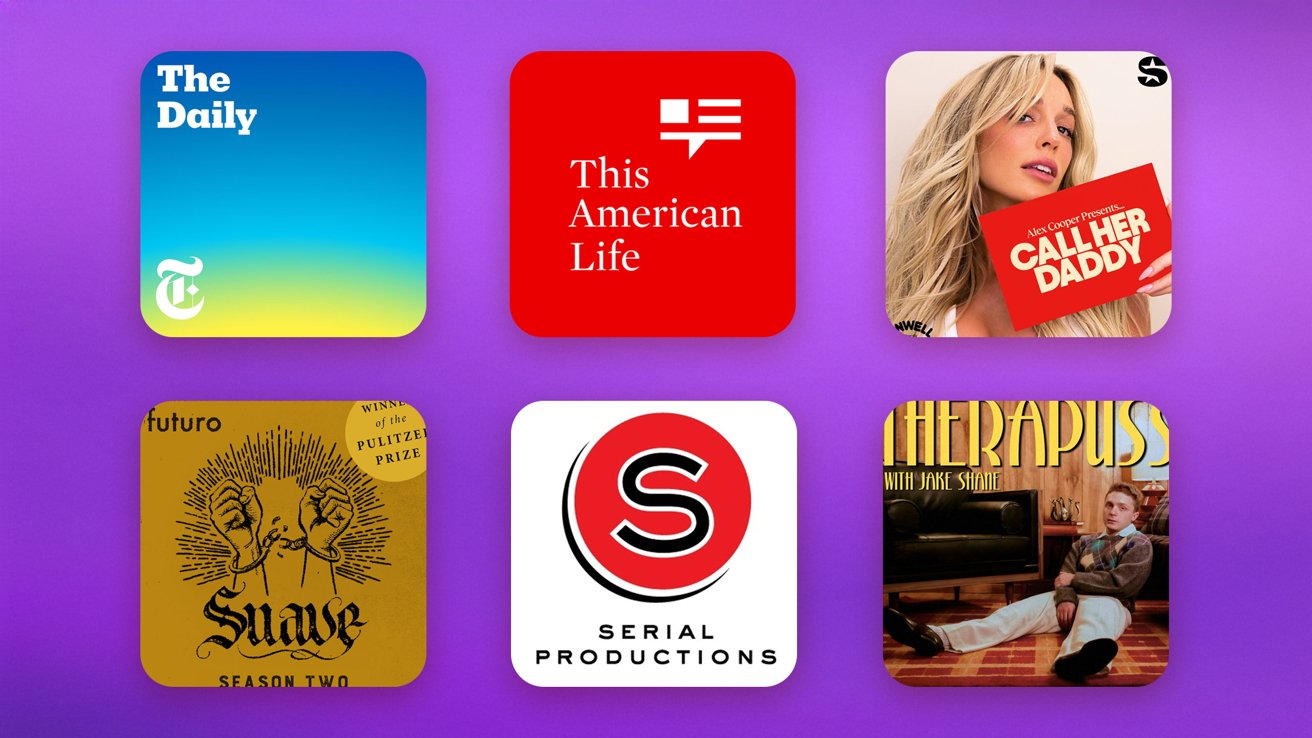Apple’s recent release of iOS 26.1 beta 3 introduces subtle yet significant changes, particularly in the realm of artificial intelligence (AI). A notable modification in the system’s code suggests that Apple is preparing to broaden its AI ecosystem by integrating additional third-party AI models beyond the existing ChatGPT.
Code Modifications Indicate Upcoming AI Integrations
In the latest beta, Apple has altered specific code references, replacing the phrase Report a concern related to ChatGPT with a more generic Report a concern related to a Third Party. This change implies a shift towards a more inclusive AI framework, potentially accommodating various AI providers. Such a move aligns with Apple’s earlier statements about expanding AI integrations within its operating system.
Historical Context and Future Prospects
Apple’s journey into third-party AI integration began with the incorporation of ChatGPT in iOS 18.2, released in December 2024. During the Worldwide Developers Conference (WWDC) in June 2024, Craig Federighi, Apple’s Senior Vice President of Software Engineering, hinted at future support for other AI models, including Google’s Gemini. The recent code changes in iOS 26.1 beta 3 suggest that these plans are progressing, with potential integrations on the horizon.
Potential AI Partners and Integration Scope
While Apple has not officially confirmed which AI models will be integrated, the industry anticipates collaborations with leading AI providers such as Google’s Gemini, Anthropic’s Claude, and Perplexity AI. These integrations are expected to enhance various native iOS applications, including Notes, Siri, and Image Playground, offering users a more versatile and personalized experience.
Implementation Timeline and User Expectations
The absence of visible settings or beta test prompts in the current release indicates that these AI integrations may not be immediately available upon the public launch of iOS 26.1. It is more plausible that Apple will introduce these features in subsequent updates, such as iOS 26.2 or later. This phased approach allows Apple to ensure seamless integration and optimal performance of the new AI functionalities.
Additional Features in iOS 26.1 Beta 3
Beyond AI integrations, iOS 26.1 beta 3 introduces several other enhancements:
– Apple TV App Redesign: The Apple TV app receives a refreshed icon, reflecting a broader rebranding initiative from Apple TV+ to simply Apple TV. This visual update signifies Apple’s commitment to evolving its streaming platform’s identity.
– Local Capture Settings: A new Local Capture section is now accessible under Settings > General. This feature allows users to manage local audio recordings, including options to adjust microphone gain and specify storage locations for recorded files. This enhancement is particularly beneficial for content creators and professionals who require high-quality audio recordings.
– Notification Forwarding for Third-Party Accessories: The beta includes code references to a Notification Forwarding feature, suggesting that iOS may soon support forwarding notifications to non-Apple smartwatches and accessories. This development indicates Apple’s efforts to improve compatibility with third-party devices, offering users greater flexibility in their choice of wearable technology.
– Built-in Spyware Attack Alerts: Apple appears to be internalizing its security notifications. Previously, users received alerts about potential spyware attacks via email or iMessage. The new beta hints at built-in notifications within iOS, allowing for faster user responses and reducing reliance on external communication channels.
– Accessibility Enhancements: A new accessibility option, Prefer Single-Touch Actions, has been added. This feature enables users to perform certain actions with a single touch, enhancing the user experience for individuals with motor impairments.
Conclusion
The developments in iOS 26.1 beta 3 underscore Apple’s commitment to expanding its AI capabilities and enhancing user experience through third-party integrations. While the exact timeline for these integrations remains uncertain, the code changes and feature additions indicate a strategic move towards a more inclusive and versatile AI ecosystem within iOS. Users can anticipate a more personalized and efficient interaction with their devices as Apple continues to evolve its operating system.



